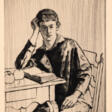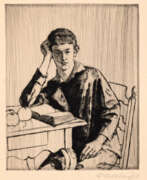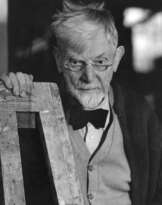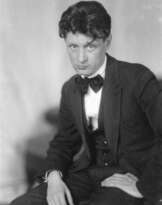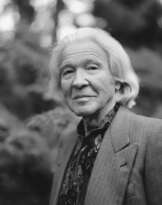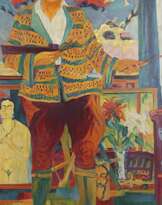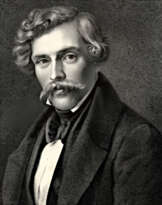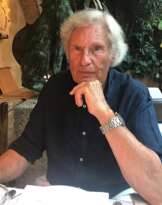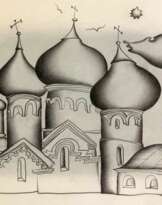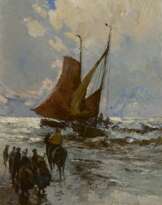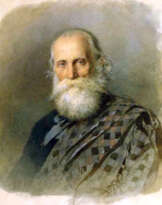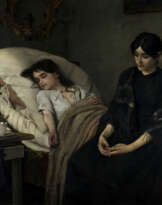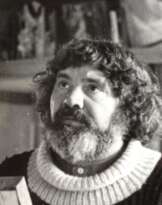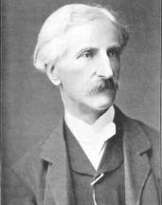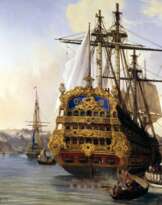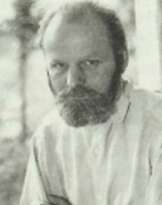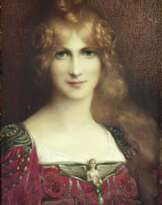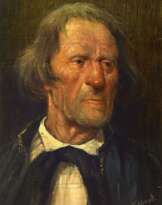Emil Rudolf Weiss (1875 - 1942)
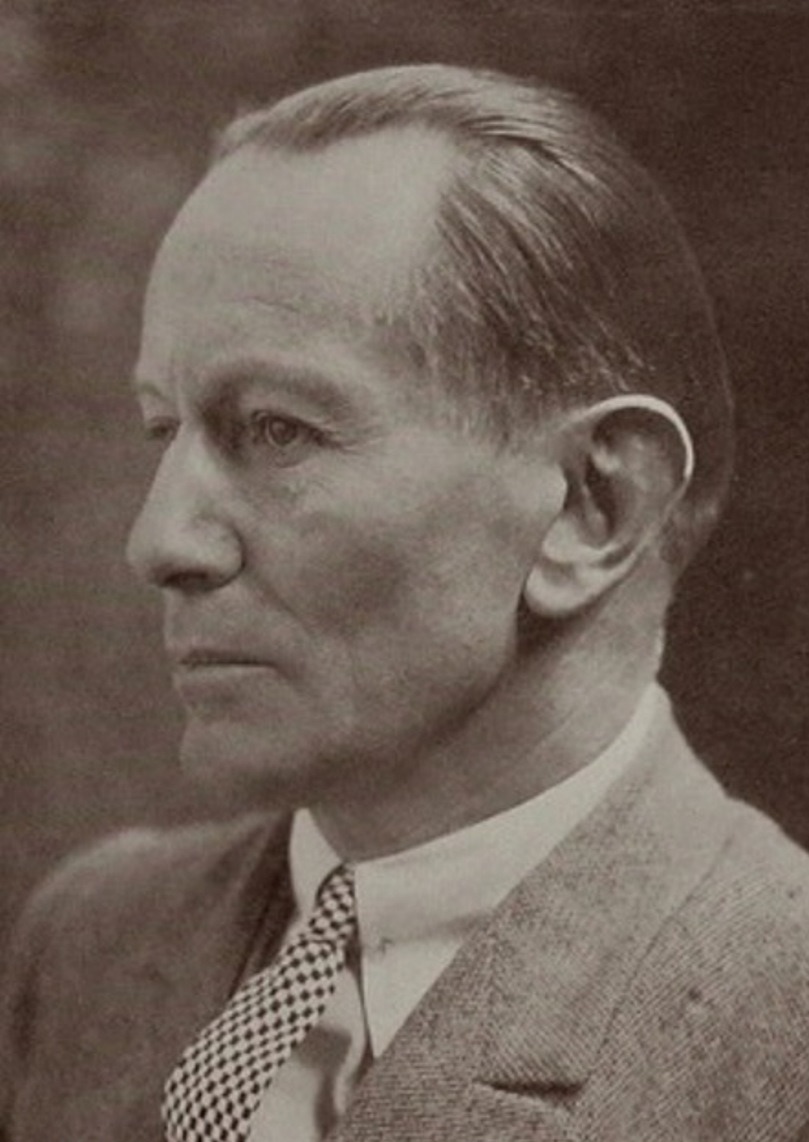
Emil Rudolf Weiss
Emil Rudolf Weiss was a German painter, typographer, graphic designer and poet.
Weiss studied at the Karlsruhe Academy of Fine Arts, then at the Julian Academy, and published his first collection of poetry. In 1895, he began his work in book arts by designing typefaces for the art magazine Pan. He also worked on the design and illustration of various publications. In 1907, he joined the Berlin Secession.
Weiss's first graphic works were influenced by Symbolism and Jugendstil, as well as the works of Edvard Munch and Felix Vallotton. From 1910, Weiss increasingly defined himself as a painter, creating still lifes, portraits, landscapes and genre scenes. Weiss developed many typefaces and coin designs. In 1907-33 Weiss taught at the Kunstgewerbeschule in Berlin, which from 1924 was merged with the State Higher School of Art. From the 1920s, Emil Rudolf Weiss was the representative of the Flechtheim Gallery.
The Nazi regime subjected Emil Weiss to persecution, banning his paintings as well as teaching, and he died of a heart attack in 1942.
| Date and place of birt: | 12 october 1875, Lahr/Schwarzwald, Germany |
|---|---|
| Date and place of death: | 7 november 1942, Meersburg, Germany |
| Nationality: | Germany |
| Period of activity: | XIX, XX century |
| Specialization: | Artist, Designer, Educator, Graphic artist, Painter, Poet |
| Art school / group: | Berlin Secession |
| Genre: | Genre art, Landscape painting, Portrait, Still life |
| Art style: | Impressionism, Realism, Symbolism |
